Introduction to Python and Using Python in an HPC environment
Time: 24-25 & 28-29 April, 9-17 each day.
, 2025; Location: ONLINE Zoom
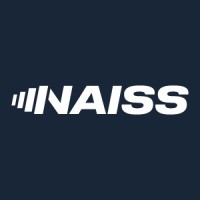
Time: 24-25 & 28-29 April, 9-17 each day.
, 2025; Location: ONLINE Zoom
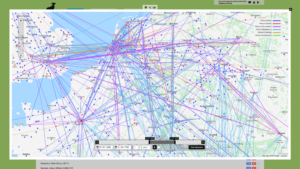
Time: April 3, 2025; Location: Uppsala University
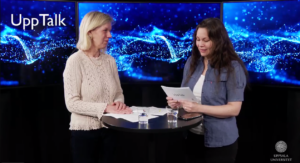
Our colleague Ingela Nyström, Professor of Visualization at Uppsala University, was interviewed in UppTalk, Uppsala University’s popular science seminar series on Zoom.
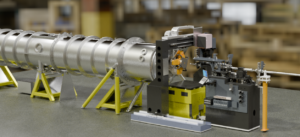
Researchers from InfraVis and MAX IV are developing virtual environments from CAD drawings for education, training, and virtual experiments. Using Blender and Unreal Engine 5, the team optimizes complex geometries for immersive visualization of beamlines like ForMAX at MAX IV. Future work focuses on topology optimization for seamless VR experiences.
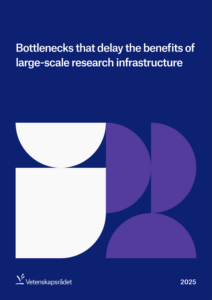
The recent Swedish Research Council report, Bottlenecks that Delay the Benefits of Large-Scale Research Infrastructure, highlights data management, analysis, and visualization as major challenges for researchers. We are honored that InfraVis has been recognized as a key infrastructure in unlocking data potential at facilities like MAX IV and ESS. We look forward to continuing this important work alongside our users.
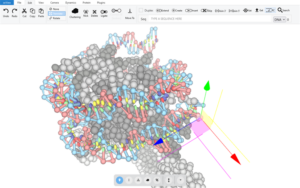
Joakim Bohlin, InfraVis Application Expert, developed interactive tools for visualizing DNA, RNA, and protein structures. His work includes oxView for DNA nanotechnology, oxJenga for VR simulations of DNA origami, and Vrotein, a web app for protein visualization using VR/AR. These tools were showcased at MAX IV Users’ Meeting 2025.
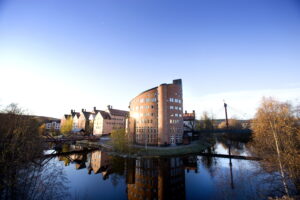
Twice per year, InfraVis gathers at one of the nodes (partner universities) for knowledge exchange. This time Mid Sweden University is the host and there will be workshops, presentations, and meetings.
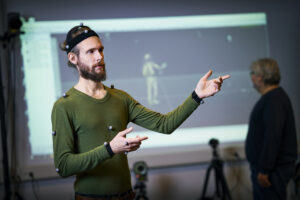
Lund University seeks an Associate Researcher in Machine Learning to join InfraVis & CIPA, supporting interdisciplinary research through AI-driven data analysis and visualization. This full-time, permanent role offers career growth, collaboration with experts, and generous benefits. Apply now to contribute to cutting-edge research in a world-class academic environment!
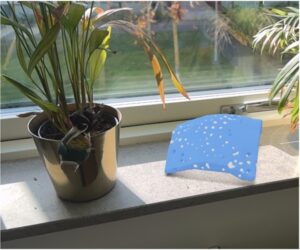
The InfraVis node at Lund University has developed an application and workflow to visualize tomographic datasets in the immersive CAVE system at the Virtual Reality laboratory at LTH – Faculty of Engineering. The workflow was originally made for the LINXS hackathon SynchroMage: 3D Tomography and Visualisation for Earth’s Hidden Treasures – Environment and Climate theme, but after a positive evaluation from participants, also described in the following LINXS article, we have kept the development going.
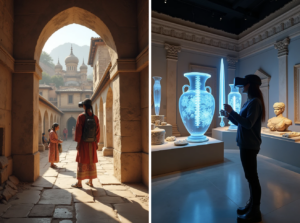
The hackathon that InfraVis arranged together with LINXS and QIM proved to be so inspiring and successful that it has steered up the interest to organize a similar LINXS Workshop in Ljubljana, Slovenia.